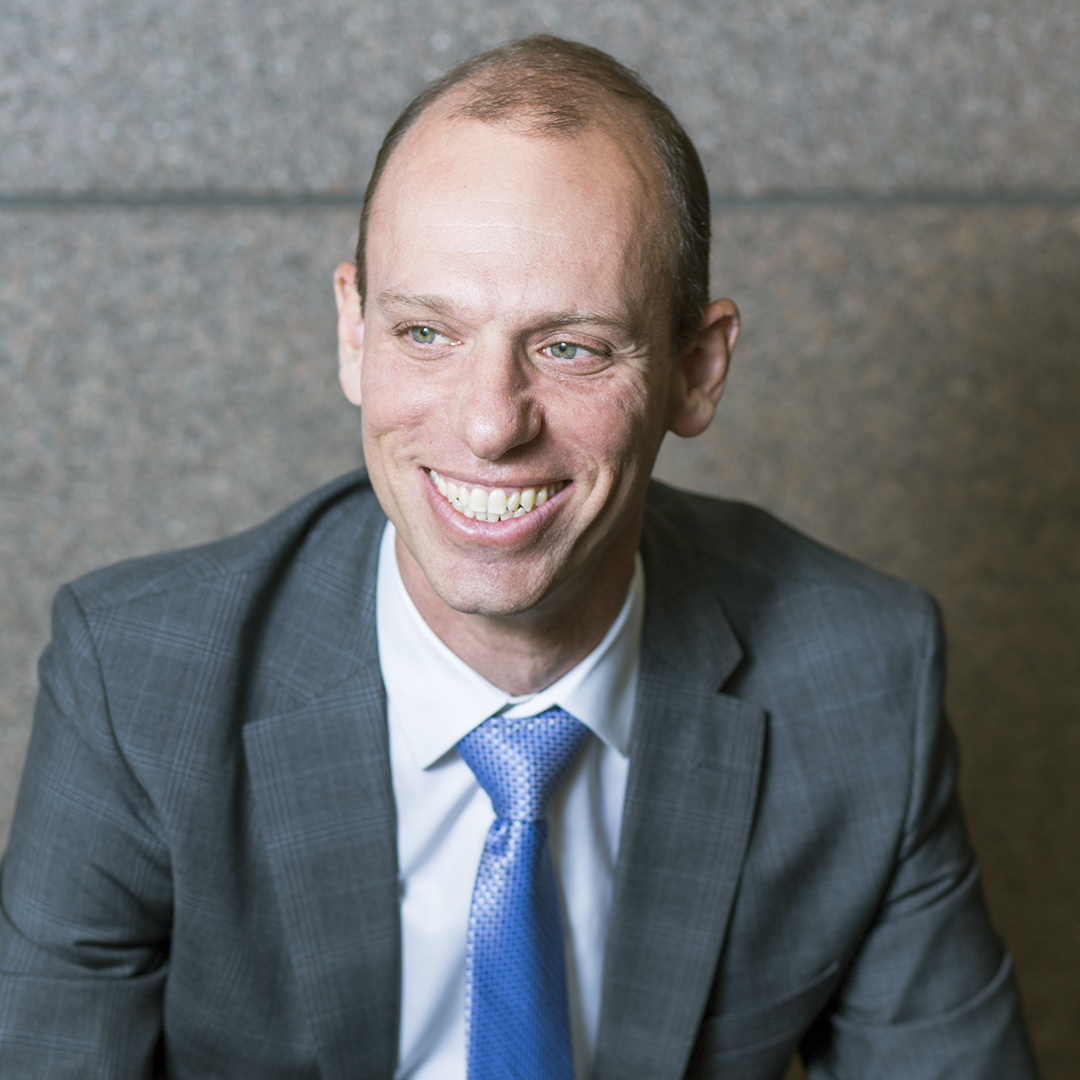|
Getting your Trinity Audio player ready...
|
Carlos Gavilondo walks a tightrope or, almost literally, a high wire. As assistant general counsel and director for National Grid, an electric and gas delivery company, he has to balance the oft-conflicting interests of several constituencies: energy customers, utility regulators, shareholders, tens of thousands of neighbors, environmentalists, and future inhabitants of the earth—including certain species of birds, bats, and butterflies.
That’s because in the region where his unit operates in New York, the company maintains more than 50,000 circuit miles of electrical lines and over 21,000 miles of gas distribution lines. These lines bring energy to more than four million customers.
The company has a lot of land to look after in addition to serving the essential energy needs of homes, businesses, healthcare facilities, and security operations.

Something that illustrates how important that is would be the Northeast blackout of 2003. Fifty-five million people in nine states and the province of Ontario lost electricity for about two days. A transmission line that connected—electrically and disastrously—with a tree in Ohio was at fault. It wasn’t National Grid’s line, but it’s why the company and others like it have to ensure those wires are clear of foliage every inch of the way.
In addition to customers depending on reliable power from the company, National Grid sits in the realm of the environmental concerns of hundreds of communities across scores of counties. The company’s transmission rights-of-way (ROWs)—where the largest electric lines are located—nonetheless serve as beneficial habitat to many species of flora and fauna. In fact, utility ROWs everywhere are increasingly managed to offer habitat and migration corridors for species.
“Selecting places to develop transmission facilities is a comprehensive process in New York State,” Gavilondo says.
In some cases the corridors are even beneficial to some species. “The Karner blue butterfly, a threatened species, does quite well in some of our utility corridors,” he notes. Birds such as osprey and some species of bats also benefit from the ROWs.
One reason the company has to add to the grid, much of which was established in the twentieth century by the Niagara Mohawk Power Corporation (which UK-based National Grid acquired in 2001), is to accommodate new, clean energy generation sources. In saying that, Gavilondo says National Grid is essential to supporting emerging cleaner and renewable sources of energy.
If anyone is prepared to help lead the way to a renewable future it’s Gavilondo. He is a math and science guy with a degree in electrical engineering. He later became an attorney with a specific focus on environmental law, and went on to get an environmental policy degree from the State University of New York’s College of Environmental Science and Forestry (SUNY-ESF) in Syracuse, where National Grid’s Upstate New York operations are based. “That background and my interest in the environment helped lead me to National Grid and the work I do now,” he says.
In addition to clerking for a federal judge and working in a law firm, he taught land use law on the side for three years at SUNY-ESF. “I think I learned more than I taught,” he says of teaching, which focused on land development rights and easements. He also serves as president of a land trust board, which is dedicated to protecting agricultural property.
With this background, Gavilondo takes a very pragmatic approach to his job. He explains that transmission and distribution maintenance is a huge part of the company’s expenditures, as is setting up new ROWs to connect to renewable sources. Revenue flows from energy consumers, but capital for new assets comes from investors. So, unless the company can show a reasonable return on investment—all while satisfying regulators with their own sets of demands—National Grid cannot build sustainable and resilient infrastructure.
Gavilondo, however, admits that National Grid and other similar companies are only part of the environmental sustainability equation. “In June 2018, we released our Northeast 80×50 Pathway blueprint, aimed at reducing greenhouse gas emissions 80 percent by 2050.” The pathway calls for three big shifts in the Northeast’s energy system: converting buildings to greener heating sources; significantly ramping up renewable electricity generation (including customer-generated solar); and dramatically increasing the number of electric vehicles on the road. “Electrification of the transportation fleet is key if we’re going to meaningfully move the needle on emissions,” he says.
Gavilondo argues that actions and innovation will need to come from several sectors. “Financial or tax incentives encourage desired behaviors and investments, and fair and consistent pricing of carbon could address emissions,” he says. However, he stresses that these advancements have to be done on a large scale. “Unless those promising technologies—whatever they may be—are broadly supported and adopted, their potential benefits for society won’t be fully realized,” Gavilondo says.
In that sense, National Grid’s miles and miles of transmission lines knit together not just power plants and energy users. Those wires, old and new, connect various constituencies and innovations to the future. And it takes a regulatory lawyer like Gavilondo to maintain the balance needed to keep all that energy flowing.
New Energy in Puerto Rico
Carlos Gavilondo was born in Cuba but moved to Ohio with his parents at the age of three. His affinity for Caribbean islands comes naturally. However, because of his position with National Grid and specifically because he works closely with the company’s emergency response team, he was the legal point person supporting the company’s role in restoring the power grid to Puerto Rico following Hurricane Maria in 2017.
In those efforts, his job was to review and negotiate agreements on the deployment of personnel and equipment on the devastated island. But the project begat something else: National Grid subsequently hosted six high school students from Puerto Rico to take part in a two-week, STEM-based National Grid Engineering Pipeline Program. “It was one of the many gratifying things that came from our efforts on the island,” he says.
Barclay Damon attorneys provide customized solutions grounded in industry knowledge and deep understanding of our clients’ businesses. At nearly 300 attorneys, Barclay Damon is a leading law firm operating from a strategic platform of offices in the Northeastern United States and Toronto, and serves clients across the country and beyond.

